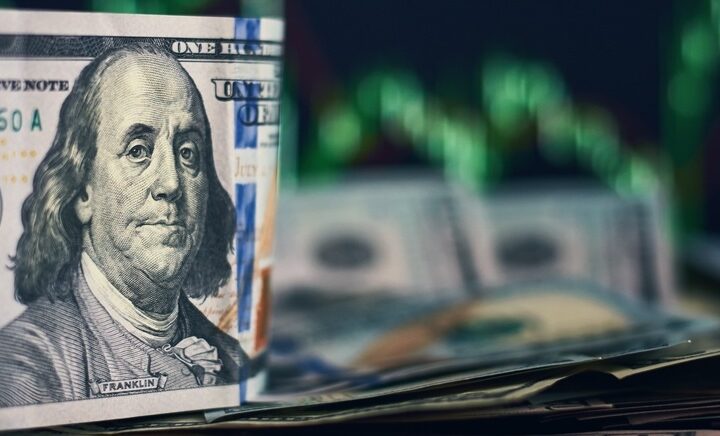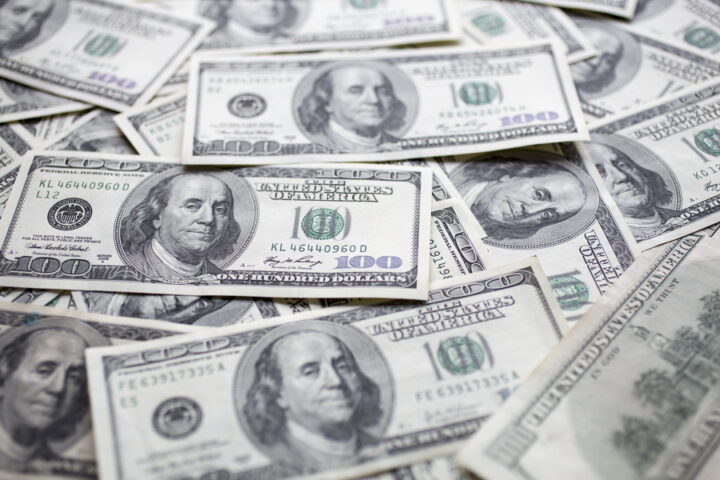China reported below-forecast growth in factory output and investment on Tuesday, underlining why senior officials keep reminding markets that the world's third-largest economy is not yet back on a solid footing.
But exports showed signs of perking up, imports of crude oil and iron ore hit record levels and retail sales displayed the sort of strength that policymakers want to see as they strive to nurture domestic demand.
Overall, the barrage of figures indicated that, while growth is moderating after a blistering second quarter, the recovery remains on course and the government can be confident of achieving its goal of 8 percent growth for the whole year.
"We think policymakers in Beijing will be reassured by this latest round of data that they are on the right track," said Brian Jackson, a Royal Bank of Canada economist in Hong Kong.
"The data show that activity is still picking up in response to strong policy stimulus, but also suggest that the recovery is not getting ahead of itself, which should alleviate concerns about excessive liquidity."
The Australian dollar dipped in response to the underwhelming factory output figures, but the Shanghai stock market <.SSEC>, which is up nearly 80 percent this year, held its ground. Shares near the close were up 0.5 percent.
"China's policy will not change in the next two months. There will be some fine-tuning, as capital inflows will increase and the central bank needs to drain money out of the system," said Lian Ping, Bank of Communications' chief economist in Shanghai.
DON'T PANIC
China has been leading the world out of the deepest recession in 80 years, fired up by a 4 trillion yuan ($585 billion) government stimulus package focused on infrastructure and record lending by the country's mainly state-owned banks.
The momentum of that pump-priming lifted industrial output growth to 10.8 percent in the year to July, a nine-month high and above June's 10.7 percent reading, the National Bureau of Statistics reported.
But it fell well short of forecasts of 11.7 percent growth.
(For graphics click on: http://graphics.thomsonreuters.com/089/CN_INDOT0809.gif)
Investment in urban areas in fixed assets such as roads and power plants also disappointed as projects backed by the central and local governments declined.
Capital spending in the first seven months rose 32.9 percent from a year earlier, undershooting the 33.6 percent gain posted in the first half and forecasts of a 34 percent increase.
Despite being wrong-footed, economists said the big picture remained unchanged. "Overall, the trend of economic recovery is still clear," said Lian.
Economists at Goldman Sachs, who sharply raised their 2009 and 2010 forecasts on Monday, said the factory figures were no reason to panic: gross domestic product growth this quarter was still on course to exceed 9 percent compared with a year earlier, they said.
TRADE STIRRINGS
China's trade figures were also brighter than they looked on the surface.
July exports fell 23 percent from a year earlier, but that was better than the 24.8 percent fall economists had expected. Moreover, the customs administration said exports were up 5.2 percent from June after adjusting for the number of working days.
Similarly, the 14.9 percent year-on-year fall in imports in July was smaller than expected, and, after calendar adjustments, imports rose 3.5 percent in the month.
(http://graphics.thomsonreuters.com/089/CN_TRD0809.gif)
Strikingly, China imported record volumes of iron ore as steel output rebounded to a new high. [ID:nSHA338729]
In another sign of underlying strength in the economy, crude oil imports also scaled a new peak, up 42 percent from a year earlier. [ID:nPEK336290]
"The slower fall in imports means export orders are increasing, because there are many processing firms in China that import raw materials and then export the finished goods," said Zhao Qingming, a China Construction Bank economist in Beijing.
That would be a relief for China's leaders, who cite poor global demand as a main reason for their caution on the economy.
A parade of senior officials, culminating with Premier Wen Jiabao at the weekend, have said they will stick to a "proactive" fiscal policy and "appropriately loose" monetary stance until the solidity of the rebound is beyond doubt. [ID:nPEK220133]
TAPPING ON THE BRAKES
Still, the authorities are already tugging gently on the reins. A drop in new loans, to 356 billion yuan in July from 1.53 trillion yuan in June, was largely due to arm-twisting by the central bank, said Paul Cavey, an economist at Macquarie Securities in Hong Kong.
But he said no real monetary tightening was under way because policy makers were waiting for proof of a full recovery.
"The economy still remains somewhat fragile is the message from the numbers today," Cavey said.
Among other figures released on Tuesday:
— Retail sales rose 15.2 percent in the year to July, beating forecasts of a 15.0 percent rise. The increase in the year to June was also 15.0 percent.
(http://graphics.thomsonreuters.com/089/CN_RTLGR0809.gif)
— Consumer prices fell 1.8 percent in the year to July, deeper than forecasts of a 1.7 percent drop, which was also the figure reported for the year to June.
(http://graphics.thomsonreuters.com/089/CN_CPPI0809.gif)
— Prices charged at the factory gate were down 8.2 percent in the year to July as expected. They rose 1.0 percent from June, however, reinforcing the confidence of economists that deflationary pressure is cresting and poses no serious threat.







